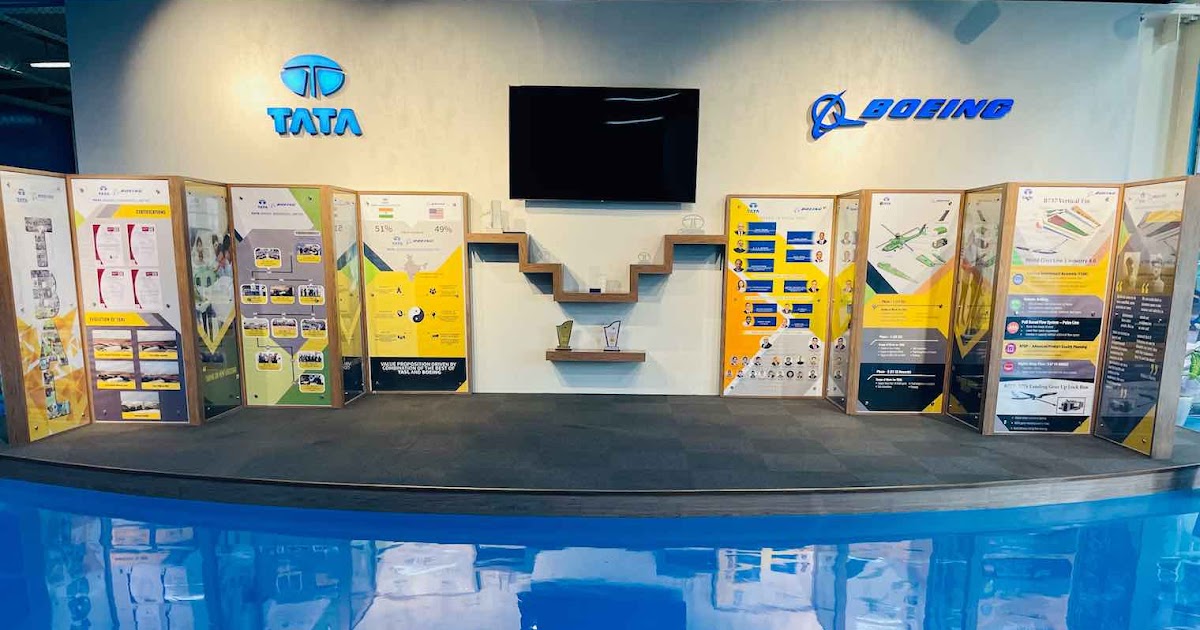
TASL is seeking a stake in the world’s largest fighter acquisition, New Delhi’s multi-billion dollar tender for 114 Multi-Role Combat Aircraft (MRCA)
By Vikas Gupta
Hyderabad
Defence News of India, 17 October 22
One of the big hits of the upcoming Defense Expo 2022 (DefExpo 22 for short) could be recorded by one of India’s fastest growing Aerospace and Defense (A&D) manufacturers, Tata Advanced Systems Limited (TASL), also known as Tata A&D.
Earlier this year, The Boeing Company selected TASL as its “2022 Supplier of the Year” in the face of fierce competition from 11,000 suppliers. Meanwhile, the Ministry of Defense has awarded TASL India’s first private company to build and deliver an airworthy aircraft to the military – the C-295 Tactical Airlifter, which TASL is to build in partnership with Airbus Defense & Space.
Meanwhile, TASL is seeking a stake in the world’s largest fighter acquisition, New Delhi’s multi-billion dollar tender for 114 multi-role combat aircraft (MRCA). Lockheed Martin, the original equipment manufacturer (OEM) of the iconic F-16 fighter jet, is hoping to win the Indian Air Force (IAF) tender. This would trigger a shift of the F-16 production line to India, where a joint venture between TASL and Lockheed Martin would build the F-21 – an advanced version of the F-16 fighter.
This would hugely increase TASL’s overall revenue, which is currently around Rs 4,500 crore for the current financial year 2022-23, including from three joint ventures (JVs). Only one global defense major – The Boeing Company – surpasses this production in India, with revenues in the order of $1 billion.
TASL’s ambition to be India’s largest A&D manufacturer, as well as its ambition to build the F-21 in India, are both reflected in its exhibition stand at the DefExpo 22 site in Gandhinagar, Gujarat. , where a full-size F-16 full-wing of the fighter plane symbolically connects it to its neighboring stand – that of its production partner, Lockheed Martin.
The Tata Group has identified A&D as a strategic growth area and has structured TASL as the lead entity to pursue growth in this sector. TASL is currently made up of six entities, which were previously the defense verticals of six Tata Group companies. In addition, TASL has three joint ventures formed by partnering with three global defense equipment manufacturers – Lockheed Martin, Sikorsky Helicopters and Boeing.
TASL’s infrastructure is spread across three locations in India – Hyderabad, Nagpur and Bangalore – with complementary capabilities and certifications. This helps to mitigate risk, say company executives.
In just a decade, TASL has industrialized over one million square feet, setting up facilities for in-house engineering, product re-engineering, process engineering, tooling, machining, fabrication , special processes and major assemblies.
This includes approximately 200,000 square feet of detailed parts manufacturing capability; ~ 450,000 square feet of composite manufacturing capacity; ~450,000 square feet of major assembly capacity; and ~106,000 square feet of aero engine capacity.
These production lines supply many of the world’s largest A&D companies, including Boeing, Lockheed Martin, Airbus, Sikorsky, General Electric and Rolls-Royce. According to company executives, TASL is a sole supplier to 20 A&D manufacturing programs around the world.
TASL executives say the company’s expertise lies in setting up production facilities in record time, with mature processes for transferring work packages from global customers.
Company executives say it goes from greenfield to production in just 12 months on average. TASL Hyderabad took only nine months – from July 2009 to March 2010 – to start production. Tata Sikorsky Aerospace Ltd, Hyderabad took 14 months from February 2011 to open its production lines. And Tata Lockheed Martin Aerostructures, Hyderabad only took 14 months from February 2011 to March 2012.
TASL chief executive Sukaran Singh points out that most of its output has little or no connection to offset contracts. In some, such as the Pilatus PC-12 single-engine turboprop manufacturing line, the order was initially part of the offsets related to the IAF’s purchase of the Pilatus PC-7 Mark II base trainers. But then the competitiveness of TASL’s production prompted Pilatus to close other sources and source airframes from India instead.






